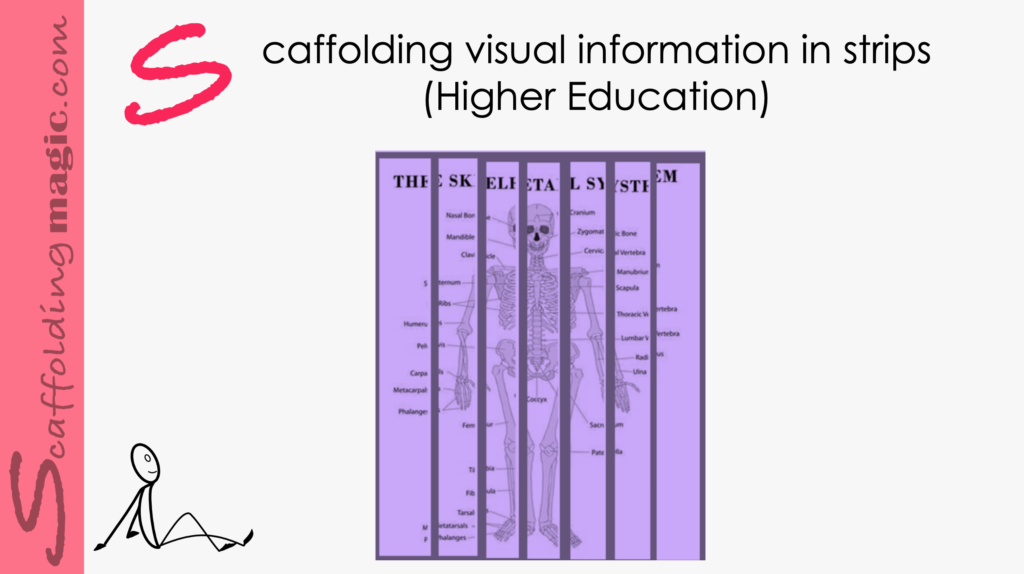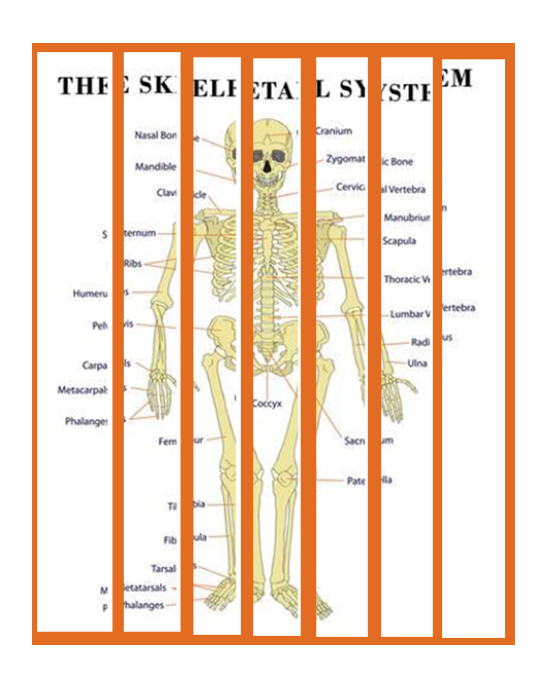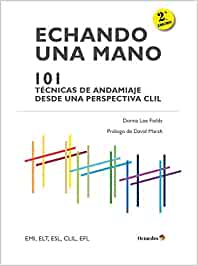You caught a beauty!!!
Download PDF of scaffold here.
theory behind scaffold…
One of the most common go-to words to explain scaffolding is ‘chunking’. Chunking is the strategy of breaking down material into digestible proportions in order to avoid cognitive overload. If you accept the studies (and there are a lot of them and they are consistent in this conclusion) that the human mind is able to only process seven new elements at a time, chunking information gives students the emotional and cognitive space to transition more easily into new knowledge. When we add strategies in activities that promote critical thinking, collaboration, negotiation and prediction – all through visual means – we’ve created a powerful means of presenting new ideas to our students.
This scaffold technique also includes categorisation which, according to Morton Hunt*, one of the pioneers of the study of the mind, has been proven to yield educational efficiency and helps the brain to process information more fluidly. Depending on the topic, making the effort to categorise new knowledge can help students feel more connected to the world around them, and make sense out of what can feel like chaos at times.In this case, students work in pairs (or groups of three) to piece together the meaning of an image that has been intentionally divided into chunks (strips). They verbalise what they see and predict what they believe will appear on the next strip. The study, negotiation, conversation, and deliberation of this process leads to a deeper understanding of the underlying concept. When text is included in the activity, linguistic categories are added to the complexity of their conversations and predictions.
The strategy of making predictions actively engages students. It helps them to make connections between prior knowledge and the information they see before them. With activities such as this scaffold, students will learn the habit of thinking ahead, refining, revising, and verifying their predictions. Further, embedding opportunities for suppositions in activities is a valuable way to assess student comprehension of subject matter (formative assessments).**
The example given below is from a lesson on anatomy – the human skeleton, and you’ll see how you can easily adapt it to any unit you’re about to begin. There is also an example given using an overview of the course, so that students scaffold the objectives of the curriculum they’re going to interact with.
** Hunt, Morton (1982). The Universe Within: A new science explores the human mind. Simon and Schuster.
step by step:
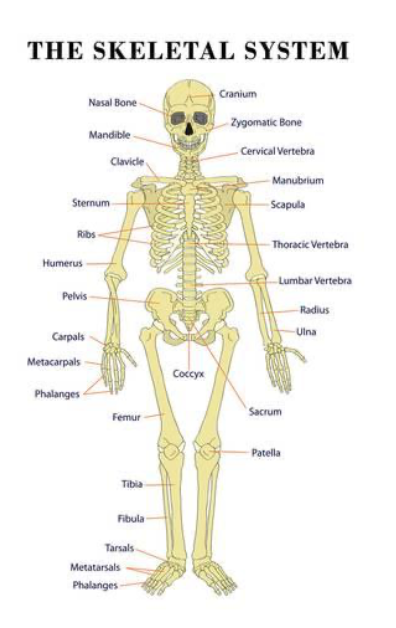
- Choose an image (graphic organiser, photograph, diagram, list, etc.) with or without text, from the unit you’re about to begin and print it onto an A4 piece of paper.
- Make enough copies for each pair of students( or each group of three (3) students).
- Give one set of strips to each pair of students.
- They divide up the strips between themselves evenly and randomly.
- The activity proceeds in the following way:
- Student 1 puts down one of the strips and verbalises the images/text seen on that strip, predicting the completion of words and images that may be found on the next strip.
- Student 2 looks through the strips in her/his hand, chooses the one that fits on the strip already placed on the table, continues verbalising the new information, and commenting on whether the other student’s predictions were accurate or not.
- This dynamic continues until all the strips have been placed on the table. (Encourage students to take time verbalising and predicting. You can make it clear that speed is not the objective, but rather the use of ue of academic language, discussion, prediction, categorisation, negotiation, etc. are the goals for this activity.)
Example:
- Student 1: On this strip, I see the end of the words ‘Vertebra’, ‘Manubrium’ and I think ‘Radius’. Do you have the strip with the beginning of these words?
- Student 2: Yes, I have the strip with ‘Lumbar Vertebra’, ‘Radius’ and Manubrium’. I think the strip to the left would have the words ‘Cervical Vertebra’, ‘Sacrum and ‘Patella’. Do you have that strip?
- Etc.
- Formative Assessment: In pairs, students summarise (according to Hattie’s analysis of best practices, summarising information has a 0,82 effect size – in other words HUGE!) the information they’ve interacted with in the activity. (In this case, the students would review the words and general location those words are found on the skeletal.)
- Reflection: In pairs, students share how they felt about the activity and whether it will help them understand the unit in a more engaged manner.
The Following Are Gambit Phrases You Can Give Your Students To Help Them Begin Their Discourse With Each Other:Scaffolding Puzzles
An example of a conversation between a pair of students looking at an overview of a course on molecular science:
- In this strip I see…
- The beginning of this sentence implies that…
- Based on what I have read so far, I predict that the sentence will end…
- I’m not sure…however…
- Here is the end of the sentence you read about…
- You were justified in your prediction that…
Student 1: In this strip I see what I believe are the beginning of the words: pediactrics, psychiatry, obstetrics, orthopaedics.
Student 2: You were justified in your guesses that the words you saw were… Here are the ends of some other points in the course. We’re going to study: applied physiology and pharmacology, the nervous system, principales of pathology…
(Dare to believe that your students can interact like this. Our expectations of our students has a very high impact on their learning.)
*See John Hattie’s Research On Learning Impact.
video explanation of scaffold…
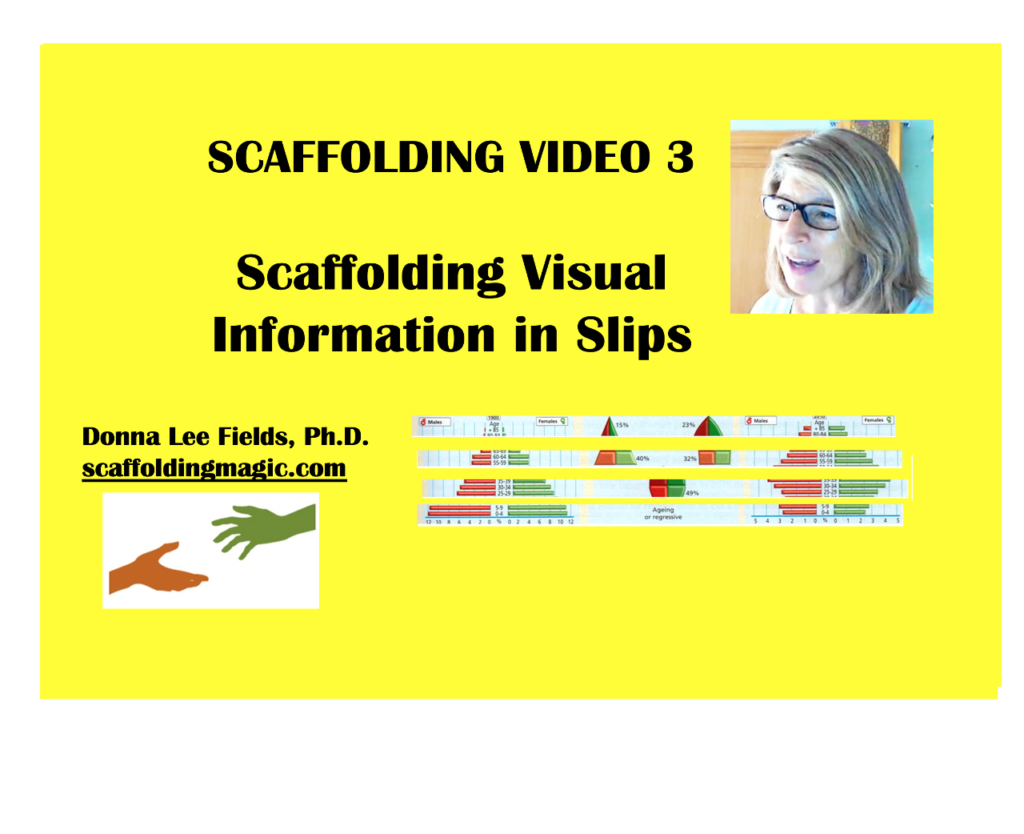
find more scaffolds here…


Scaffoldingmagic.com is your entryway into DYNAMIC bilingual learning methodologies, such as Phenomenon-Based Learning, CLIL, EMI, and ESL. You’ll find ways to implement critical thinking tools (DOK) to promote higher level thinking, the growth mindset, instill an ethic of excellence, deep reflection on learning, and all through multi-cultural, interdisciplinary activities. We have the keys to turning competences into action and to creating collective efficacy in your school so you move ahead as a unified, enthusiastic team.

